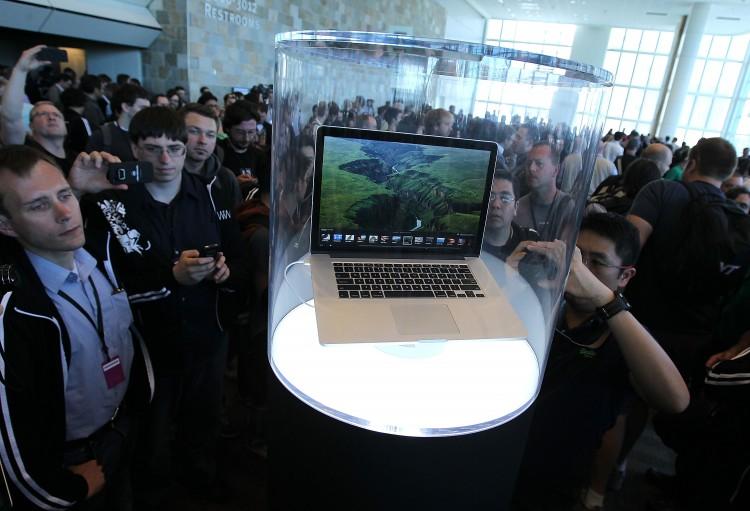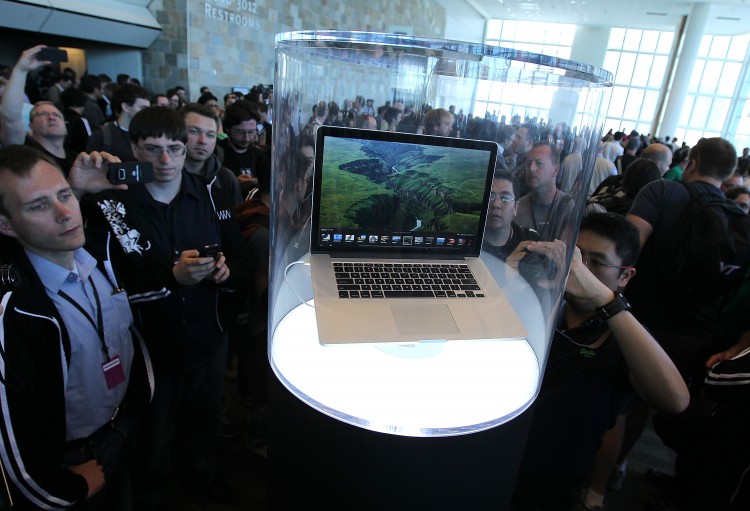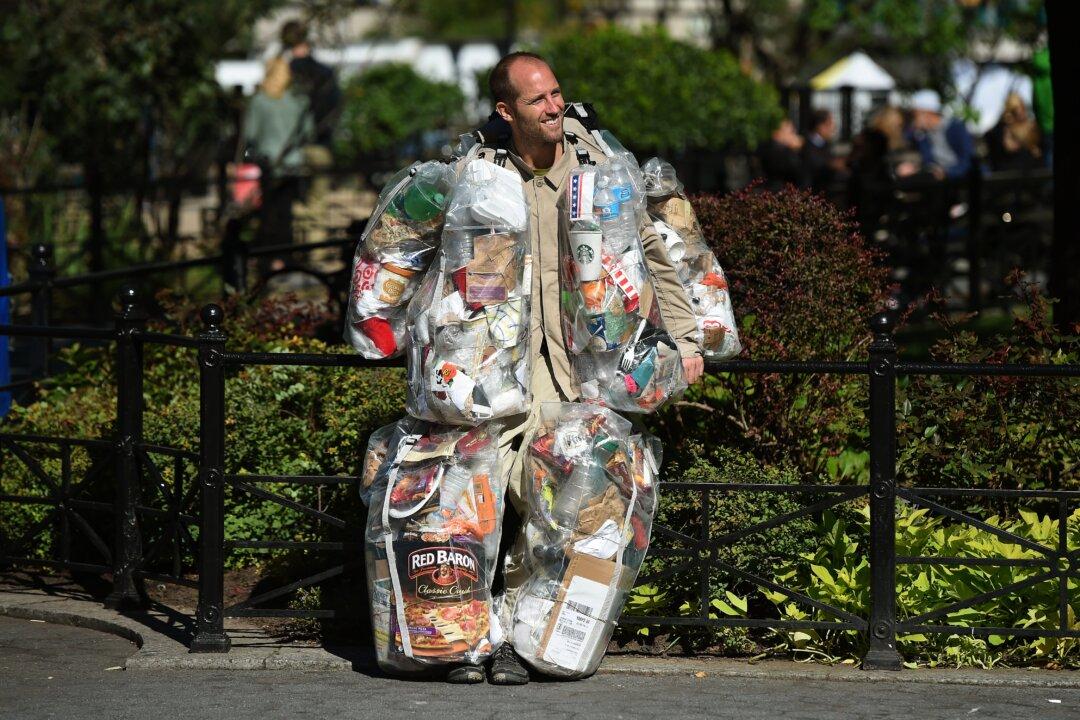When Apple’s Retina Display MacBook Pro was launched, it was greeted with sighs of admiration. Here was a computer that was thin and light with a stunning display featuring higher resolution than most HD televisions.
But now experts are questioning the environmental impact of such technical wizardry. As electronics companies race to outdo each other with increasingly desirable products, they could also be inflicting serious consequences on the environment.
“The MacBook Pro with Retina Display is difficult to repair, maintain, and upgrade,” said Elizabeth Chamberlain of iFixit.com, a website known for its teardowns and repairability assessments of the latest gadgets.
“This is expensive for the user, obviously, but it also has serious environmental consequences,” Chamberlain explained in an email.
The prime offenders, Chamberlain said, are the super-strong adhesive to glue the MacBook’s battery to its case; its memory, which is soldered in; and the glass of the screen, which is inseparable from the LCD behind it.
“To replace the battery, you‘ll have to replace the entire top case. To replace a broken screen, you’ll have to replace the entire display assembly,” said Chamberlain.
This means the battery replacement alone could run to more than US$500, according to iFixit, and would be nearly impossible without professional help.
Chamberlain says the biggest environmental impact happens through computer manufacturing. “Replacing more parts during repairs means more parts have to be manufactured. And when products are not easily and affordably repairable, consumers will often opt for buying new instead—thus requiring even more manufacturing,” she said.
While some components can be recycled, up to 75 percent of electronic goods in the United States aren’t sent for recycling at all, according to the U.S. Environmental Protection Agency.
“Even proper recycling isn’t necessarily good for the environment,” Chamberlain said. “Every time something goes through the recycling process, value is lost. The plastic pellets that electronics recycling facilities produce are a funny mix of colors and types of plastic, so they can only really be used for freeway dividers and so on, not new computer cases.”
Computer Salvage Specialists recycle thousands of electronic products every year. Products like the new MacBook Pro with fused glass screens have yet to turn up for recycling at their plant in Berkshire, U.K., but office manager Lance Pearce thinks it would be possible to break it down to its component parts.
“You wouldn’t be able to recycle it manually, you would have to have an enclosed mechanical means for separating it and the only way you could do that is by reducing its size, time and time again, until you have very small pieces of aluminum and other stuff,” he said.
As new technology emerges, so the recycling industry has to come up with new ways to recycle the products in an efficient way, he explained.
The Waste Electrical and Electronic Equipment (WEEE) Directive, introduced into U.K. legislation in 2007, ensures manufacturers produce products that do not contain hazardous components and can be recycled.
There is no regulation of the electronics industry, however, to ensure that the products they place on the market are easily recyclable, according to Charlotte Linacre of the U.K.-based Environment Agency. The onus is on manufacturers to pay for their market share of all equipment that has been separately collected for recycling in the United Kingdom.
The Epoch Times reached out to Apple for comment but the company did not respond.
Earlier this year, Apple removed its products from the EPEAT rating system—a method of identifying greener computers—leading some to speculate that Apple had done so because its products are becoming less environmentally friendly.
The outcry led Bob Mansfield, Apple’s senior vice president of hardware engineering, to admit the company’s mistake, and place all Apple products back on EPEAT.
In a letter to customers, Mansfield wrote: “Apple makes the most environmentally responsible products in our industry. In fact, our engineering teams have worked incredibly hard over the years to make our products even more environmentally friendly, and much of our progress has come in areas not yet measured by EPEAT.
“For example, Apple led the industry in removing harmful toxins such as brominated flame retardants (BFRs) and polyvinyl chloride (PVC). We are the only company to comprehensively report greenhouse gas emissions for every product we make, taking into account the entire product life cycle. And we’ve removed plastics wherever possible, in favor of materials that are more highly recyclable, more durable, more efficient, and longer lasting.”
To register a product with EPEAT, companies initially choose their own ratings. Apple’s Retina MacBook Pro has been giving a gold rating, meaning it meets all EPEAT’s environmental requirements—including reduction of environmentally sensitive materials, design for end of life, and product longevity—plus 75 percent of its optional requirements.
It remains to be seen if EPEAT will validate Apple’s rating for the Retina MacBook Pro.
iFixit’s Chamberlain says Apple has a long history of producing repairable products and are not fundamentally “anti-repair.”
“The Mac Mini actually has thumb depressions in the case to encourage you to open it up. The Power Mac G3 was advertized as ‘open-minded’ when it came out in 1999, because it had an easy-to-open hinged door,” she says.
She says it’s actually consumer choice that’s influencing the company’s decision to produce products with shorter lifespans.
“Consumers just keep voting for thinner and lighter products over repairable ones. Apple could make a thin, light product that’s also repairable—but they'll only do so if we ask loudly enough,” she says, adding, “Light, thin, and repairable is possible: Google’s recently released Nexus 7 tablet and the Kindle Fire are both good examples of thin, sleek, and very repairable products.”
With additional reporting by Rosemary Byfield and John Smithies
The Epoch Times publishes in 35 countries and in 19 languages. Subscribe to our e-newsletter.




